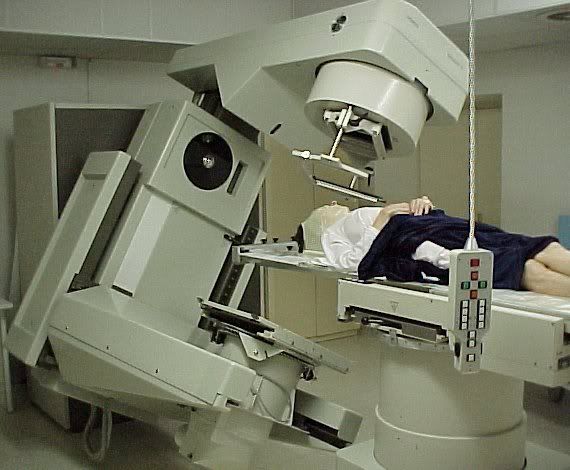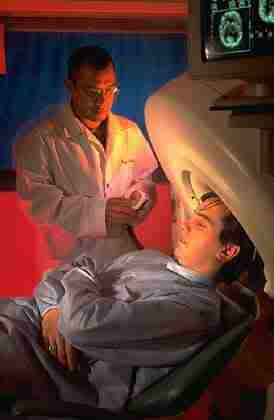Lower vitamin-D production from solar ultraviolet-B irradiance may explain some differences in cancer survival rates.
Title
Lower vitamin-D production from solar ultraviolet-B irradiance may explain some differences in cancer survival rates.
Source
Journal of the National Medical Association. 98(3):357-64, 2006 Mar.
Journal of the National Medical Association. 98(3):357-64, 2006 Mar.
Black Americans diagnosed with cancer generally have lower survival rates than white Americans, even after adjustment for stage of cancer at time of discovery and level of treatment received.
The hypothesis developed in this work is that these lower cancer survival rates may be due to lower serum 25-hydroxyvitamin D [25(OH)D] for black Americans attributed to lower production rates of vitamin D from solar ultraviolet-B (UVB) irradiance due to darker skin. Black Americans generally have 50-75% as much serum 25(OH)D as white Americans, and vitamin D is now thought to reduce the risk of incidence and mortality for 18 types of cancer. To explore this hypothesis, data for mortality rates for various types of cancer for the period 1970-1994 for black Americans were used with indices for solar UVB levels for July, smoking, alcohol consumption, urban residence and poverty level, all averaged by state, in multiple linear regression analyses using the ecologic approach. Solar UVB was found significantly inversely correlated with mortality rates for breast, colon, esophageal, gastric and rectal cancers for black Americans, albeit with lower associations than for white Americans.
Smoking and alcohol consumption were also significantly correlated with several cancers. Based on these results, it seems worthwhile to conduct observational, prevention and intervention studies to further test the hypothesis that vitamin D can reduce the risk of cancer incidence and death.




0 Comments:
Post a Comment
<< Home